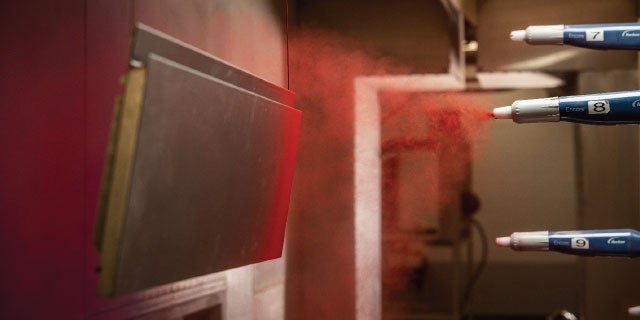
June 2024
As a coating solution, powder is one of the most durable options available, able to withstand harsh environments for long lengths of time while maintaining color and gloss. These features, along with sustainability advantages like formulations made without solvents, are driving powder's popularity.

June 2024
At PPG, sustainability is at the core of our business. In line with this commitment, the Kitchenware and Industrial Bakeware team developed two new sol-gel ceramic non-stick coatings made without polyfluoroalkyl substances (PFAS) and engineered to comply with food contact regulations in major segments.

April 2024
Coil coating is a continuous automated process for pre-painting metal like steel and aluminum before its formed into end-use products like garage doors, gutters, roofing and parts used in appliance, automotive and industrial applications. It is one of the most widely used paint application methods for metal.
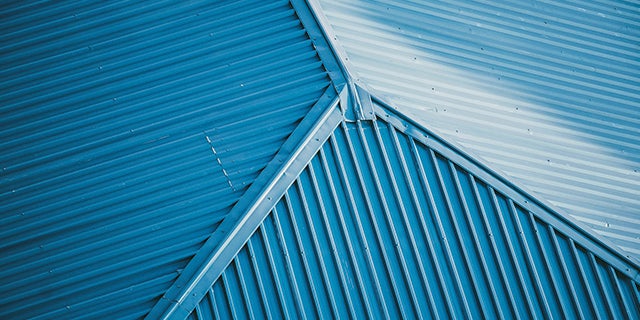
March 2024
PPG was recently named a 2024 Metal of Honor award winner by Metal Roofing magazine. The industry recognition program was created in 2004 to celebrate companies that are working to advance the metal roofing industry through innovation, performance and service. This is the fifth win for PPG in the 20-year history of the award.
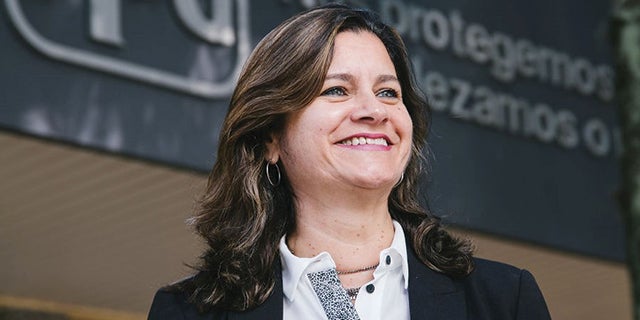
February 2024
Marizeth Carvalho, general manager in Latin America South and head of strategic marketing, global Industrial Coatings and former global business director for PPG powder coatings, shares her vision for the future of powder coatings.

October 2023
As a coatings manufacturer and a leading maker of PCs, printers and other technology solutions, PPG and HP, Inc. serve vastly different customer bases but their shared focus on innovation, sustainability and color has fostered a highly constructive and collaborative partnership.
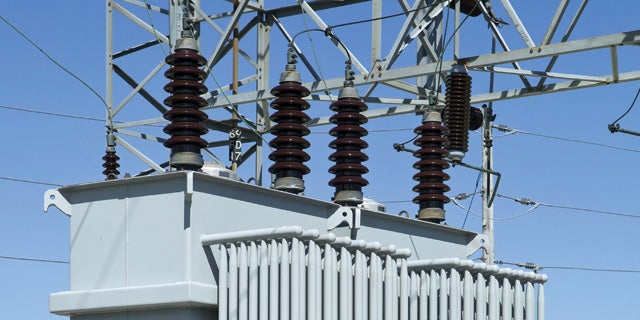
September 2023
Limited parts, aging infrastructure and increasing frequency of severe weather incidents, plus rising demand for both carbon and renewable sources, are straining the energy infrastructure in the U.S. and around the world. The result is an increased risk of disruptive and hazardous power outages.
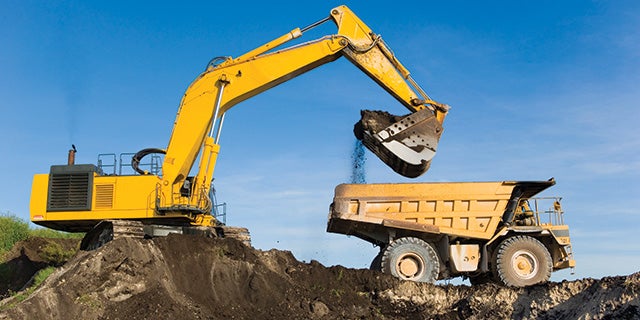
August 2023
PPG's Kevin Braun vice president, global Industrial Coatings, was one of several thought leaders featured in a recent Coatings World article on the state of the industrial coatings industry, based on a report published by Grand View Research.